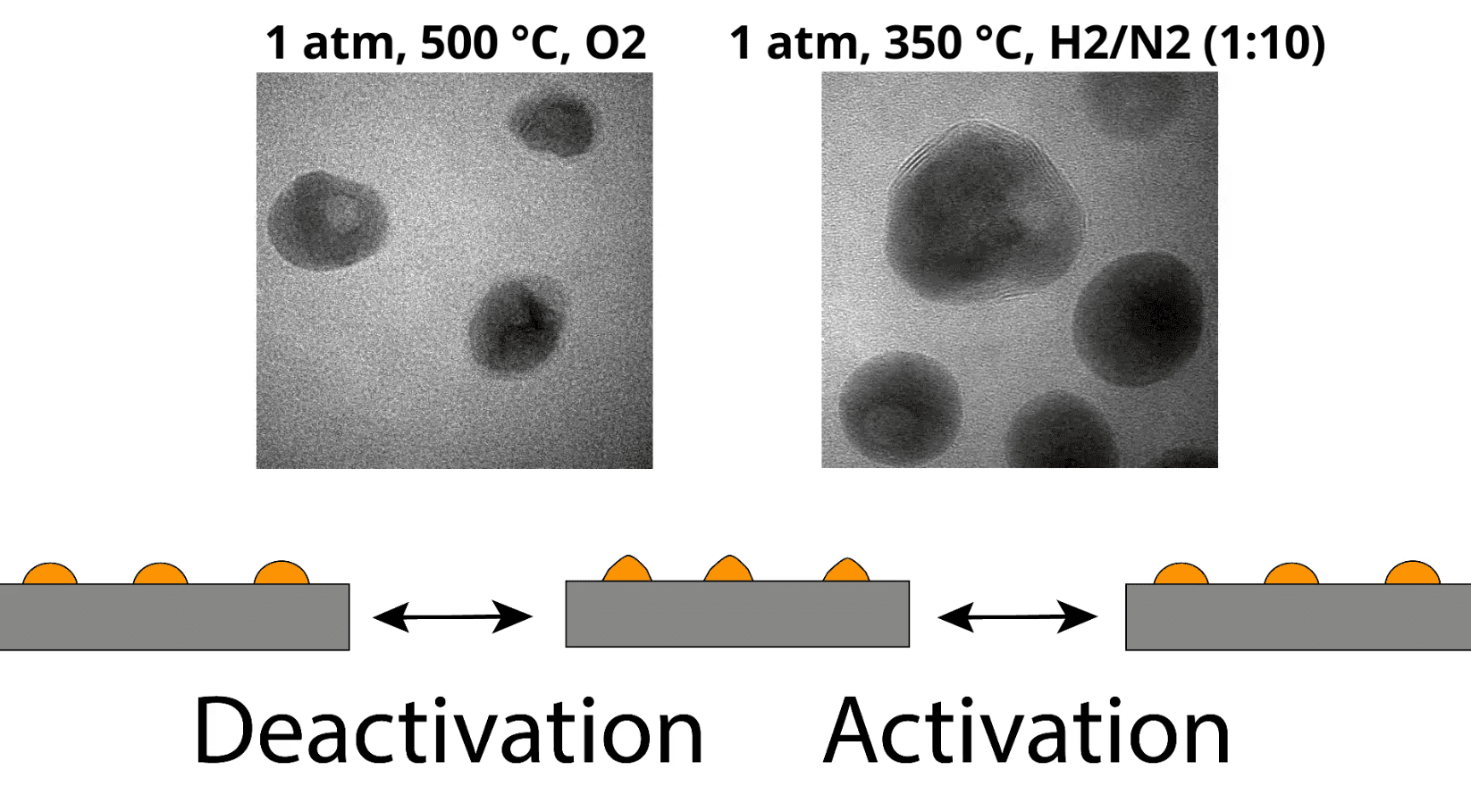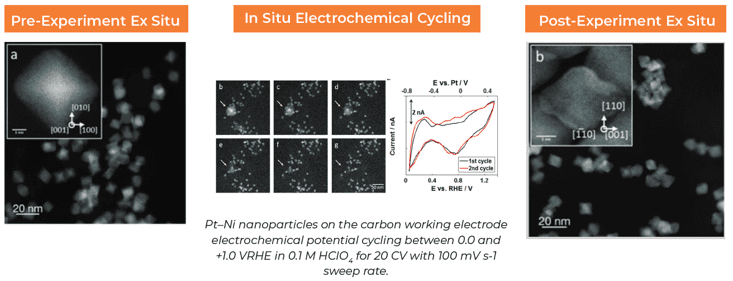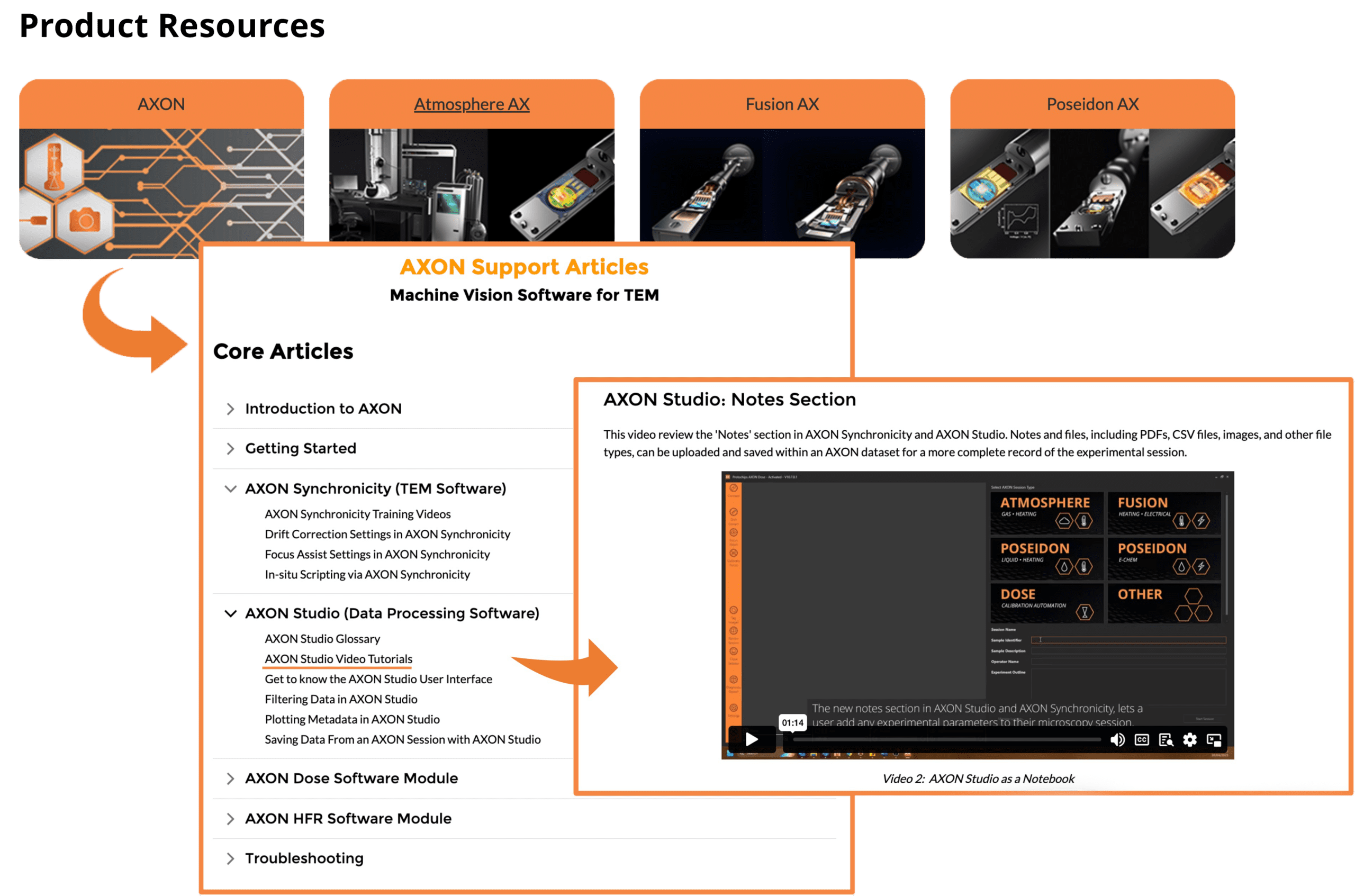Direct in-situ imaging of electrochemical corrosion of Pd-Pt core-shell electrocatalysts
Tuesday publication update! This new publication in #NatureCommunications from @Jianbo Wu, @Xiaoqing Pan and @Wenpei Gao looks at the corrosion of electrocatalysts during electrochemical operations using the #PoseidonAX. Using electrochemical liquid cell transmission electron microscopy the authors have captured the intricate electrochemical corrosion of Pd@Pt core-shell octahedral nanoparticles, observing their transformation into Pt nanoframes. ⚡ … Read More








